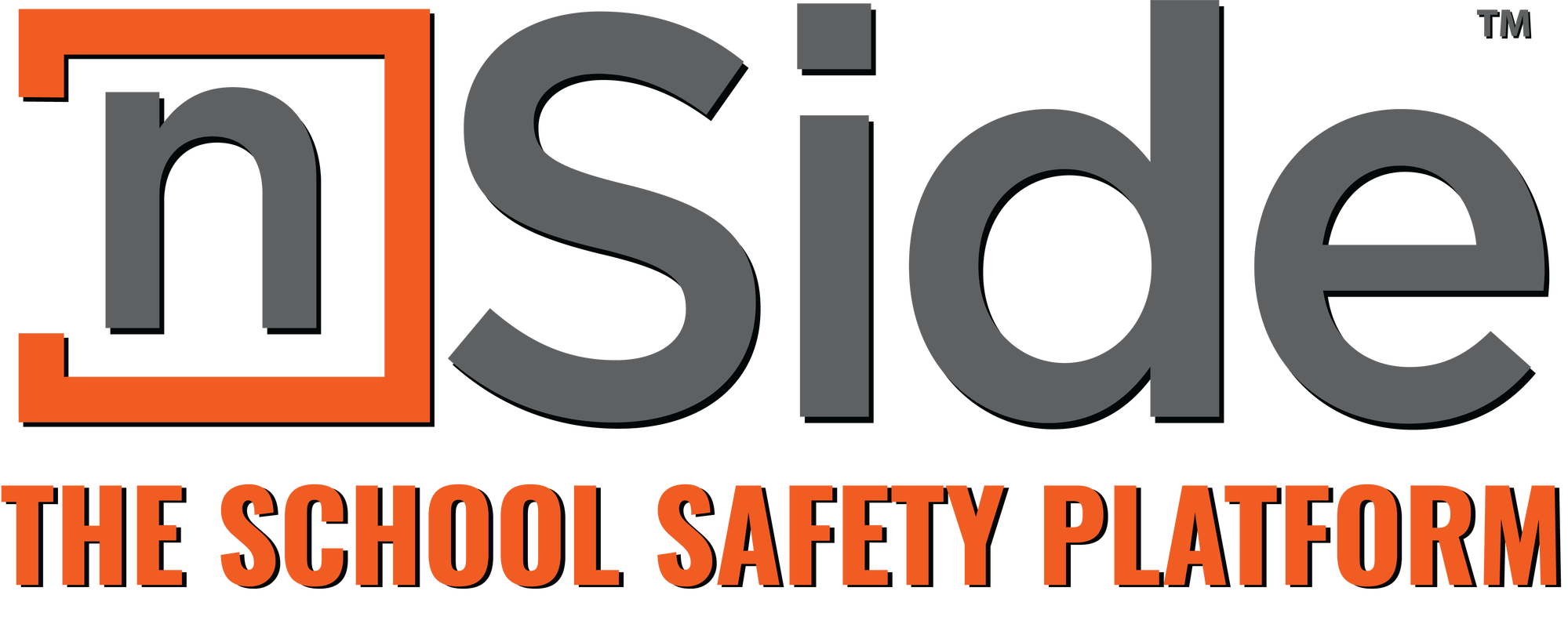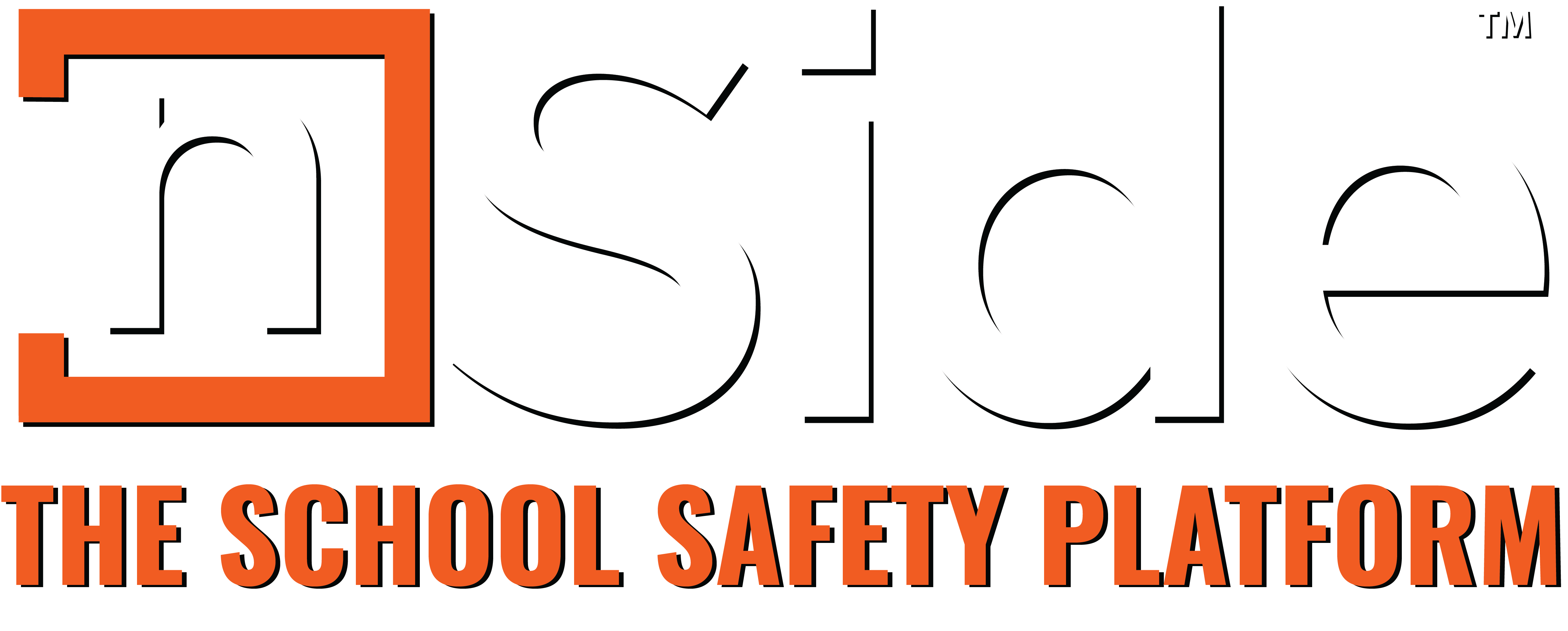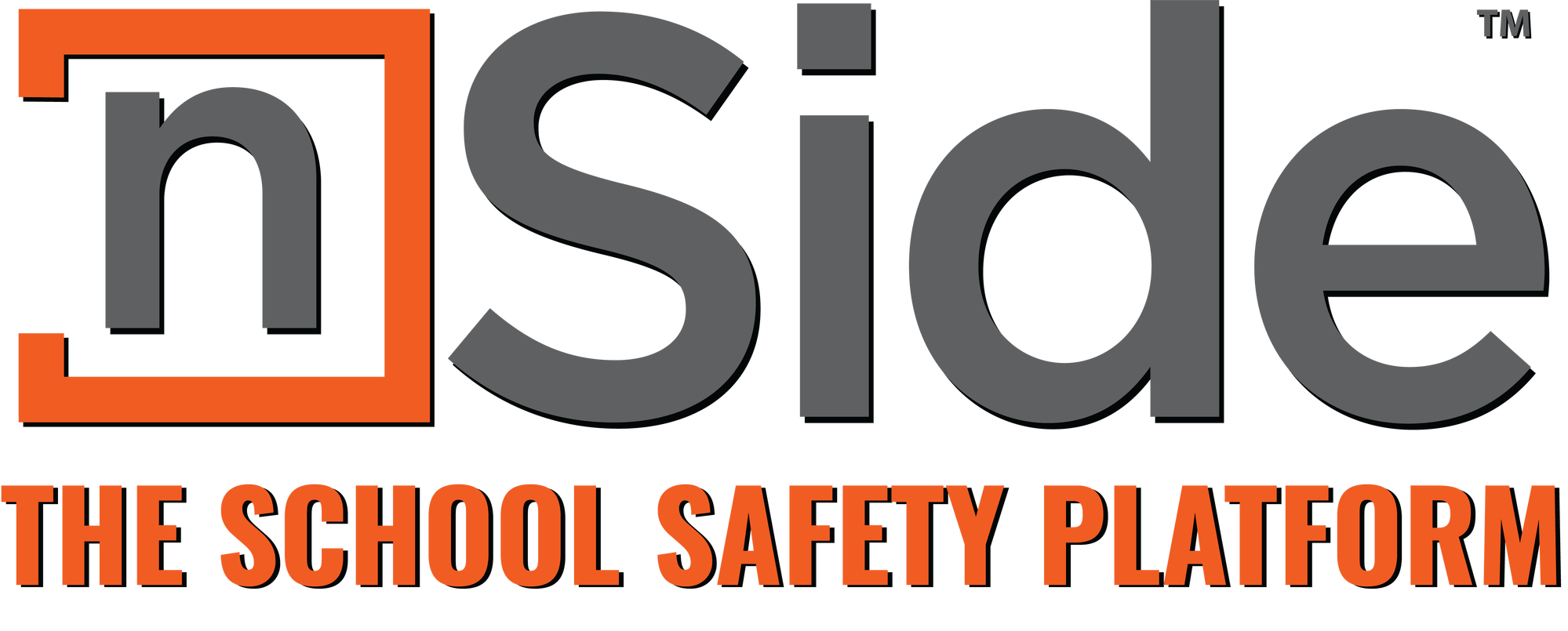Unlocking the Potential of IoT with nSide
The Internet of Things (IoT) is a term coined in 1999 [1] to describe the growing field of everyday devices that can be internet connected. Prominent examples are the Nest Learning Thermostat, Amazon Echo, and Philips Hue. These devices, and scores of others now on the market; will let a person monitor and control their home HVAC, turn off and on; or even set the color of their lighting; and issue voice commands to control systems or order the next latest gadget from Amazon.
The rapid proliferation of these new devices create a threefold problem:
- interoperability between vendors
- centralized data collection
- meaningful data visualization
We humbly submit the unbiased opinion that nSide can solve these problems, and our solution will include growing IoT support throughout 2016.
nSide’s primary focus is providing innovative data visualization with a spatial reference — as of this writing the data, which can by dynamic, consists primarily of styled icons representing fixed or mobile assets; overlaid on top of building floor plans and street or satellite maps. While the assets may be mobile; the attributes of those assets are generally static: serial number, user manual, recent photo, name, etc. With nSide’s upcoming IoT integration; nSide will support dynamic data attributes such as temperature, humidity, voltage, color, etc. As a vendor agnostic solution, nSide can aggregate dynamic data from multiple vendors. nSide will provide published API’s for customer integrations, and a list pre-built integrations.
nSide is a cloud based solution, hosted in robust data centers with multi-site redundancies. With dedicated iOS and Android apps and a powerful web-based, platform independent interface; nSide provides a centralized, high availability data collection and presentation mechanism.
One of nSide’s core features is making existing data much more useful by presenting it visually in a meaningful context. Since humans are primarily visual, and we like to think in spatial terms; nSide leverages our GIS expertise and mapping to present data in new and novel ways. Compare nSide to the traditional database in the example of HVAC data management. A facility may have several HVAC unit, each with unique info; and important info like the user manual, service records, etc. In a traditional database this data would be organized by a user defined name (East first floor main HVAC unit 1), or a unique identifier such as the serial number. While all of the important information is there, it is not presented in a context that makes it easy for humans to visually process the information and, for instance, plan the route through the building to check on each unit; or even to know intuitively where each unit is physically located within the facility. This example can be further expanded to include a new maintenance employee. Suppose the new employee needs to service “East First Floor Main HVAC Unit 1.” While the employee can intuit the unit is located on the east end and serves the first floor; the employee cannot infer the exact location of the unit as it may be on the roof, outside the building; or in a maintenance area. Enter nSide — the unit with all of the same attributes is visible in the context of a floor plan of the building. The system is also searchable, so the unknown unit can be easily pinpointed on the map. By using a spatial context, nSide provides meaningful data visualization for all data provided; especially dynamic data. Continuing the example of the HVAC unit; it is now possible to visually assess the real-time temperatures and status of each room and HVAC unit in the context of the building floorplan. Compared to a generic dashboard, the spatial context exponentially increases the usefulness and intuitiveness of the data.
As the list of available IoT products and applications grow, the usefulness will be determined by the ease with which data can be accessed; and whether the data is presented in a meaningful context. nSide provides a spatially referenced context which is visually intuitive; and by maintaining a vendor agnostic approach, can bridge the gap left by disparate vendor systems.


